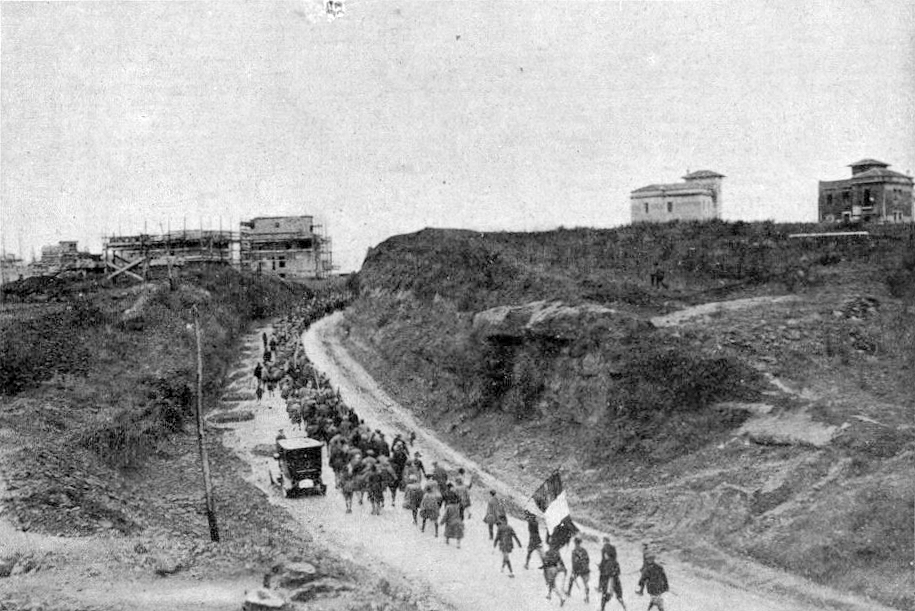One hundred years ago on October 28th, Benito Mussolini began the “March on Rome.” The event initiated the breakdown of Italian democracy. Thousands of Mussolini’s followers, called Blackshirts, gathered all around the Italian Peninsula and advanced on the capital. Liberal Prime Minister Luigi Facta wanted to mobilize the army to stop the Fascists, yet King Emmanuel III refused and Facta resigned. Instead, the King asked Mussolini to form a government just a few days later. Mussolini’s successful ascent to power, facilitated by the threat of violence, marked the beginning of the rise of right-wing authoritarian regimes all over Europe. The March on Rome was the culmination of three years of violence between Communists and Fascists as well as targeting of the civilian population. The democratic state was incapable and sometimes unwilling to stop the Fascists’ rise. Fearing the (radical) political left more than Mussolini, democratic elites leaders avoided confronting the Blackshirts, and frequently opted to tacitly accept or even cooperate with the Fascists. In the DANGER project, our team analyses the role of violence in democratic breakdowns and asks how elites’ behaviour shaped the fate of European democracies during the interwar period.
